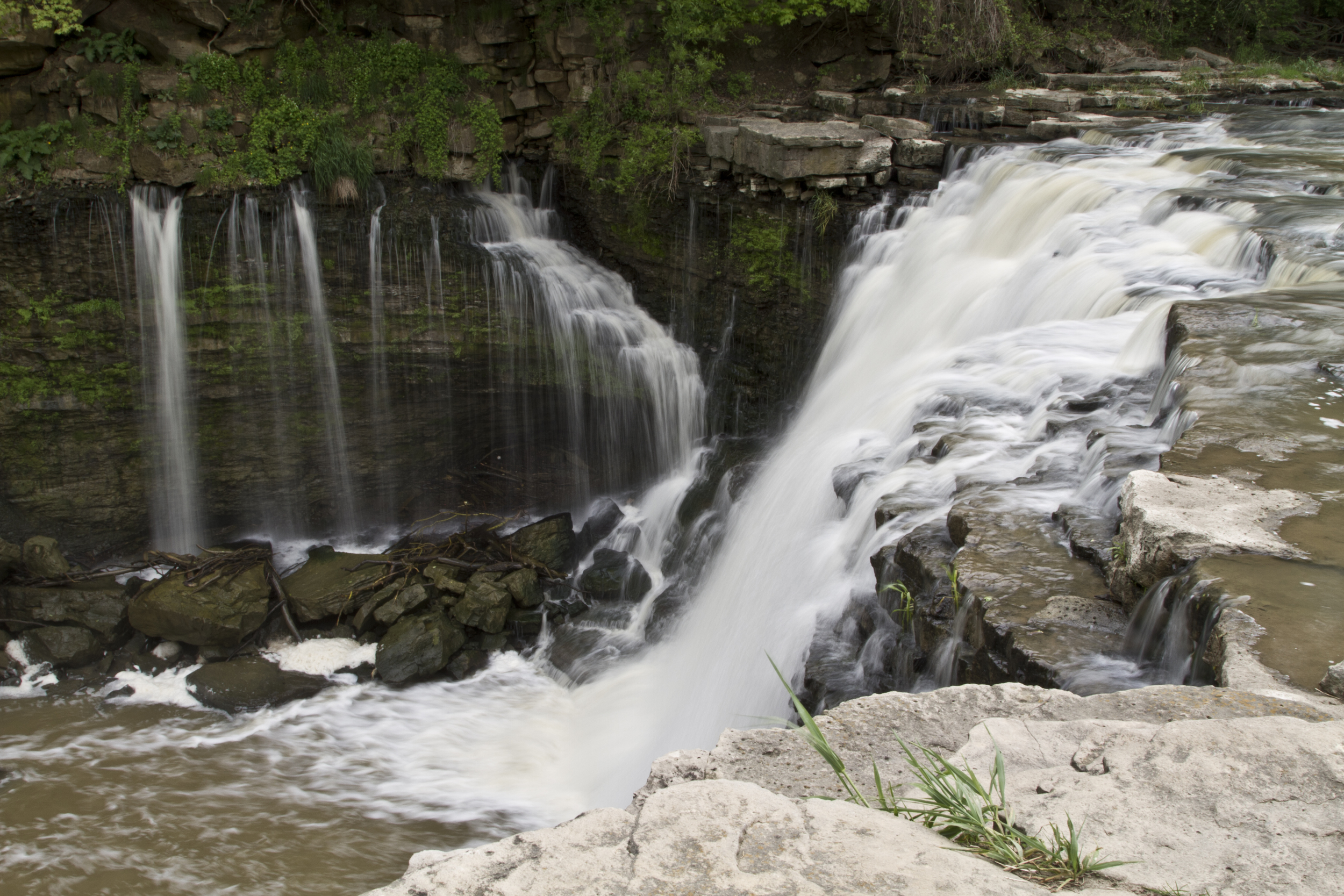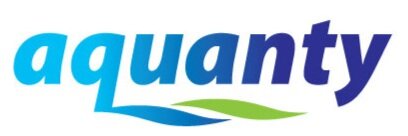

HGS RESEARCH HIGHLIGHT – Evaluating Domestic Well Vulnerability to Contamination From Unconventional Oil and Gas Development Sites
This study by researchers at Yale University and the Institute of Technology investigates how vulnerable groundwater wells are to contamination by the growing unconventional oil and gas development industry, which is expanding quickly and, in some cases, negatively impacting groundwater quality and posing a risk to public health by contaminating drinking water sources.

HGS RESEARCH HIGHLIGHT – Landscape restoration after oil sands mining: conceptual design and hydrological modelling for fen reconstruction
This study by researchers at the University of Waterloo investigates whether fen peatlands could be reconstructed on post-mine sites. Oil sand extraction can be very harmful to the natural land surface and can have lasting impacts on local ecosystems. This paper focuses on the fen peatlands that cover 65% of the landscape in Fort McMurray, Alberta. Our ability to reinstate these peatlands after mining operations has not truly been tested at large scales, and there are many uncertain factors that can impact reclamation plans for these sensitive wetlands.

HGS RESEARCH HIGHLIGHT – Potential influence of climate change on ecosystems within the Boreal Plains of Alberta
This paper by researchers at the University of Alberta discusses the possible impacts of climate change in the Boreal Plains in Northern Alberta, Canada. The sensitive ecosystems in this area have developed under a delicate water balance, while climate change and warming temperatures threaten to shift water availability. This study looks at ponds, peatlands with sparse black spruce, and hillslopes with predominantly aspen forests as the features of focus.

HGS RESEARCH HIGHLIGHT – Numerical simulations of water flow and contaminants transport near mining wastes disposed in a fractured rock mass
This study uses HydroGeoSphere simulations to model unsaturated water flow and contaminant migration in a mining context, specifically the reclamation of open pits with mine waste products. Fractured rock masses are important to study as fractures present preferential flow paths that can promote contaminant transport.

HGS RESEARCH HIGHLIGHT – Evaluating Climate Change Impacts on Soil Moisture and Groundwater Resources Within a Lake-Affected Region
This study investigates how climate change could impact groundwater and soil moisture within the Great Lakes Basin (GLB). Groundwater is a resource that is relied on for agriculture, industry, municipalities, and drinking water. Approximately one-quarter of the 33 million inhabitants of the GLB depend on groundwater as their primary freshwater source. Given its extreme value as a natural resource, the impacts of climate change on groundwater need to be well understood, and fully-integrated models that incorporate such large water bodies (let alone an entire basin-scale system) are rare.

HGS RESEARCH HIGHLIGHT – Towards a climate-driven simulation of coupled surface-subsurface hydrology at the continental scale: a Canadian example
This study is an excellent example of how a physics-based approach to simulating integrated hydrology with HydroGeoSphere allows researchers to overcome the limitations of data scarcity. Allowing water to flow naturally (or as ‘naturally’ as possible for a digital environment) also simplifies the calibration process, as a well conceptualized watershed scale model should be able to accurately represent the integrated hydrology of the watershed inherently.

HGS RESEARCH HIGHLIGHT – Evaluating backward probability model under various hydrogeologic and hydrologic conditions
A new paper uses HydroGeoSphere to evaluate the reliability of a backward-in-time solute transport probability model. HydroGeoSphere was instrumental in the research as it is one of the only modelling platforms that supports 3-dimensional solute transport under variably saturated groundwater flow conditions.

Manitoba Co-operator - Hydrology forecasting tool drills down to field level
Farmers in the Assiniboine River basin will soon have access to a new tool designed to help them make predictions about water flow at the field level. The tool was developed by the hydrologic modelling firm Aquanty, in cooperation with the Manitoba Forage and Grasslands Association. They are able to combine their model with remote sensing data on things like soil moisture levels and real time groundwater monitoring sensors to set the initial conditions before launching a hydrologic forecast. “Combining that with insights on how water management infrastructure is maintained during floods and droughts and using cloud computing infrastructure, we can readily construct these models and deliver them via an app to your fingertips,”


HGS RESEARCH HIGHLIGHT – Sequential surface and subsurface flow modeling in a tropical aquifer under different rainfall scenarios
This paper demonstrates how HGS is flexible enough to model specific regions/domains of interest (i.e. including discrete fracture networks, but without integrated surface hydrology) and can be used in conjunction with other hydrologic modelling platforms.
